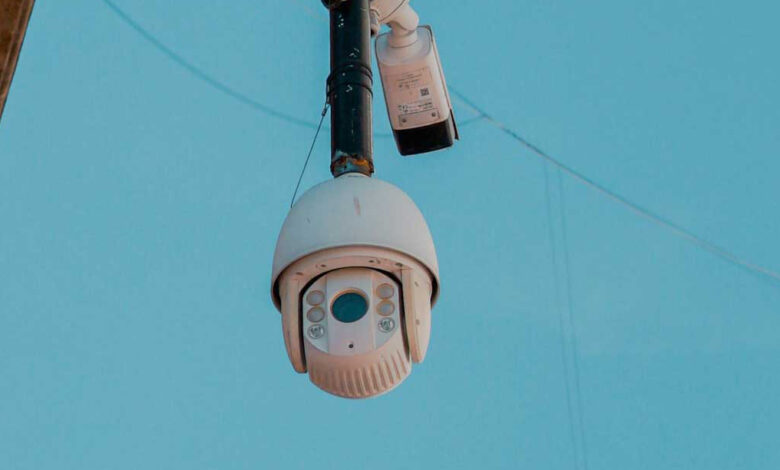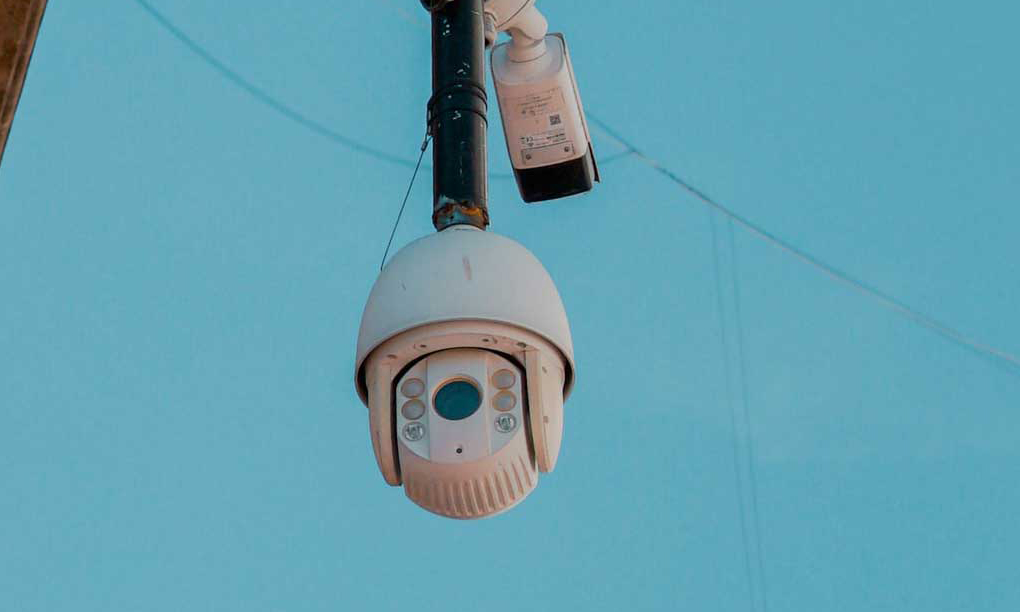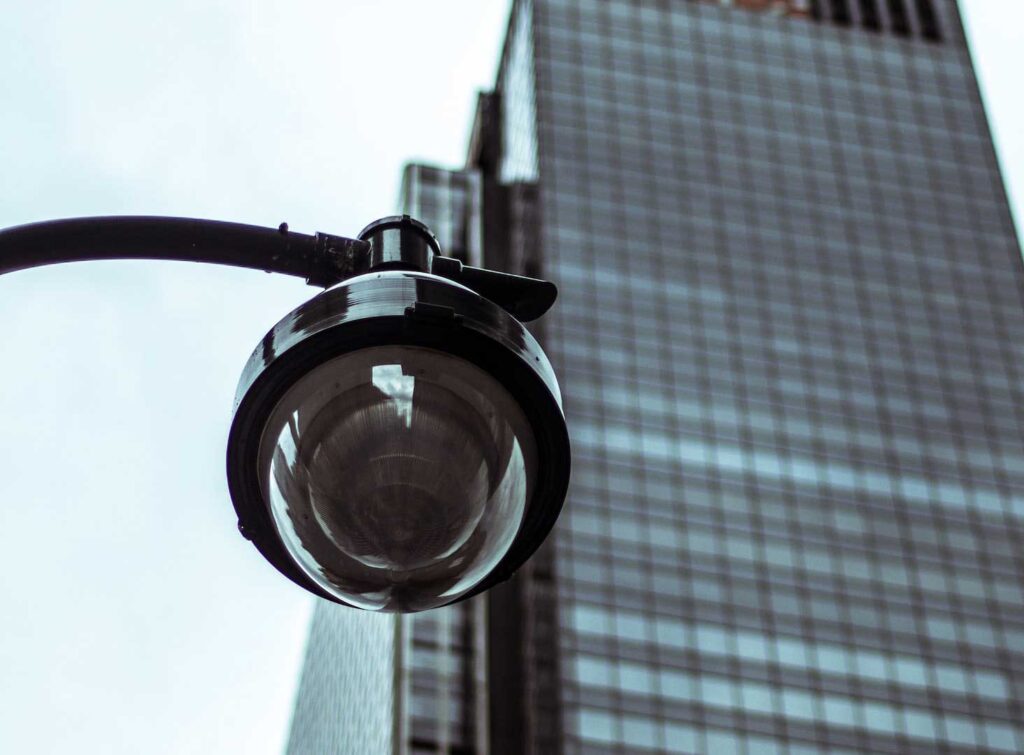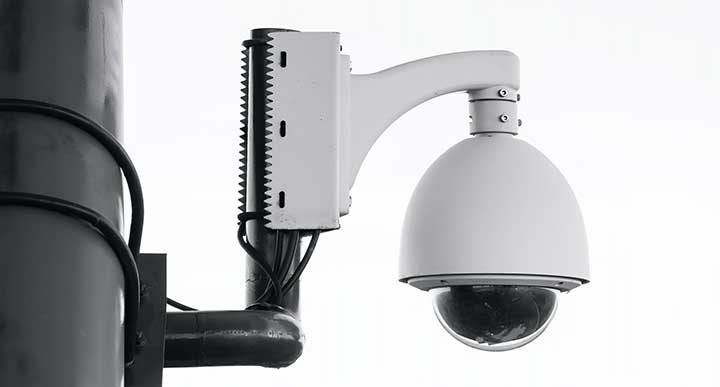Pros and cons of using PTZ security camera

What is a PTZ security camera?
A PTZ (Pan-Tilt-Zoom) security camera is a type of security camera that allows for remote control of its pan, tilt, and zoom functions. PTZ cameras are commonly used in surveillance systems and are able to move horizontally (pan), vertically (tilt), and zoom in and out to provide a wider coverage area and closer views of specific objects or areas of interest.
The ability to remotely control the camera’s movement and zoom functions make PTZ cameras ideal for monitoring large areas, such as parking lots, warehouses, and other outdoor areas. They can also be used to track moving objects or individuals and can be programmed to follow specific paths or patterns.
PTZ cameras typically come with a variety of features, such as motion detection, infrared night vision, and the ability to integrate with other security systems. They can be controlled through a computer or mobile device, and some models even allow for two-way audio communication.
Pros and cons of PTZ security camera

PTZ (Pan-Tilt-Zoom) security cameras have several advantages and disadvantages, which are outlined below:
Pros:
Wide coverage area: PTZ cameras have the ability to pan, tilt, and zoom, allowing them to cover a larger area than fixed cameras.
Flexible viewing angles: PTZ cameras allow operators to remotely adjust the viewing angle, providing a greater range of viewing options.
Zoom capabilities: PTZ cameras are able to zoom in on specific areas or objects, providing clearer details and images.
Motion tracking: PTZ cameras can be programmed to track moving objects or individuals, making them ideal for monitoring large areas or following specific targets.
Integration with other security systems: PTZ cameras can be integrated with other security systems, such as alarms and access control systems.
Cost-effective: One PTZ camera can cover a large area, reducing the need for multiple cameras.
Cons:
Higher cost: PTZ cameras are generally more expensive than fixed cameras due to their advanced features and remote control capabilities.
More complex installation: Installing a PTZ camera requires more expertise and time than installing a fixed camera.
Vulnerable to vandalism: PTZ cameras are more vulnerable to vandalism because of their moving parts and external housing.
Limited simultaneous coverage: While one PTZ camera can cover a large area, it can only focus on one area at a time, limiting simultaneous coverage.
Limited night vision range: PTZ cameras may have a limited night vision range, depending on the model.
Higher bandwidth requirements: PTZ cameras require higher bandwidth for streaming live video due to their remote control and advanced features.
Overall, PTZ cameras can be an effective solution for monitoring large areas, tracking moving objects, and providing flexible viewing angles, but they also come with a higher cost and more complex installation requirements. It’s important to weigh the pros and cons when deciding whether a PTZ camera is the right choice for a specific security situation.
When and where to use PTZ security cameras?

PTZ (Pan-Tilt-Zoom) security cameras are ideal for monitoring large areas or spaces where a wide coverage area is required. Here are some examples of when and where to use PTZ cameras:
Parking lots: PTZ cameras can be used to monitor large parking lots and provide a comprehensive view of the area. The cameras can also be programmed to track and follow vehicles or individuals.
Warehouses: PTZ cameras can be used to monitor inventory, loading docks, and other areas of interest in a warehouse. The cameras can be programmed to follow specific paths or patterns to ensure complete coverage.
Large outdoor areas: PTZ cameras can be used to monitor large outdoor areas such as parks, stadiums, and construction sites. The cameras can be programmed to follow moving objects or individuals and zoom in on areas of interest.
Casinos: PTZ cameras are commonly used in casinos to monitor gaming areas and track suspicious behavior. The cameras can also be programmed to follow individuals and zoom in on specific tables or areas.
Schools: PTZ cameras can be used to monitor large school campuses and provide a comprehensive view of the area. The cameras can also be programmed to follow individuals and track suspicious behavior.
Retail stores: PTZ cameras can be used to monitor large retail stores and provide a comprehensive view of the sales floor. The cameras can also be programmed to track shoplifting or other suspicious behavior.
In general, PTZ cameras are best used in areas where a wide coverage area is required, and the ability to remotely adjust the viewing angle and zoom in on specific areas or objects is necessary. PTZ cameras are also useful in situations where tracking moving objects or individuals is required. It’s important to consider the specific security needs of an area when deciding whether to use a PTZ camera.
How do PTZ cameras operate?

PTZ (Pan-Tilt-Zoom) security cameras operate by using a combination of motors and sensors to remotely control the camera’s movements and zoom functions. Here’s a general overview of how PTZ cameras operate:
Pan: The camera can be rotated horizontally (pan) using a motor, allowing the camera to move from side to side and provide a wide coverage area.
Tilt: The camera can be rotated vertically (tilt) using a motor, allowing the camera to move up and down and provide a comprehensive view of the area.
Zoom: The camera lens can be adjusted to zoom in or out on specific areas or objects. Some PTZ cameras have optical zoom, which uses the camera’s lens to adjust the image size, while others have digital zoom, which magnifies the image electronically.
Control: PTZ cameras can be controlled remotely using a computer or mobile device. The operator can use a joystick or control panel to move the camera, adjust the zoom function, and access other camera features.
Programming: PTZ cameras can be programmed to follow specific paths or patterns, such as a patrol path or a sequence of pre-defined positions. This allows the camera to automatically move and adjust its view without the need for manual control.
Motion detection: Many PTZ cameras are equipped with motion detection sensors, which can trigger the camera to move and focus on a specific area when motion is detected.
Overall, PTZ cameras are highly advanced and versatile security cameras that provide a wide coverage area, flexible viewing angles, and the ability to zoom in on specific areas or objects.
